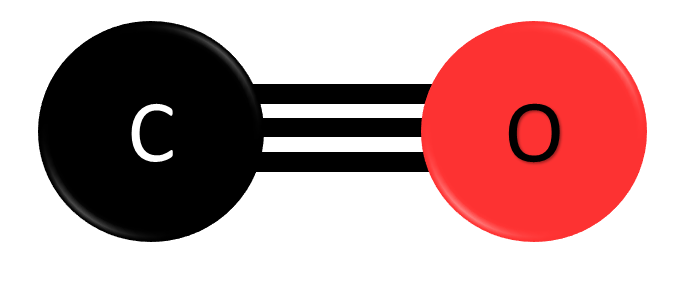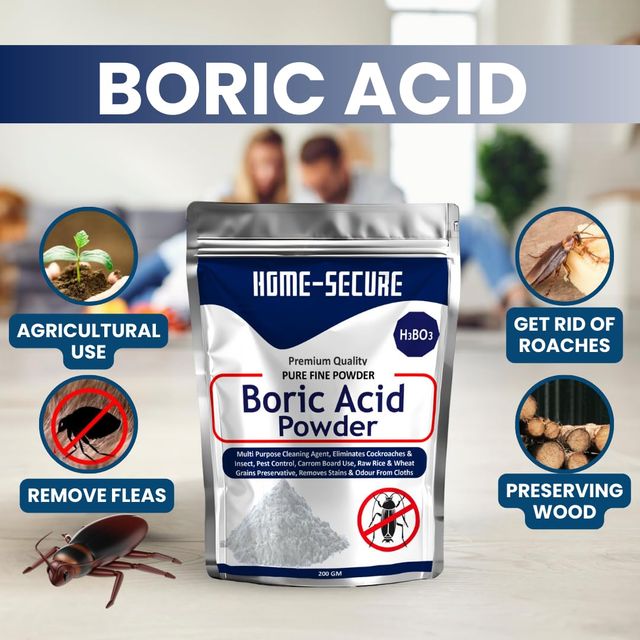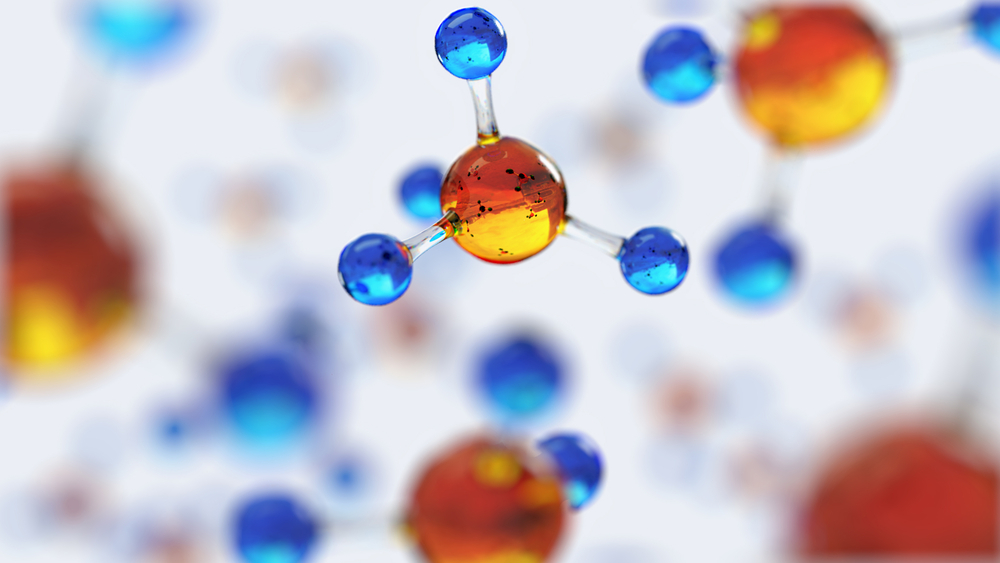Why Carbon Monoxide Is the Silent Killer You Need to Know About!
Carbon monoxide (CO) is a hidden threat, often called the “silent killer” because it is undetectable by any of our senses. This invisible gas can infiltrate homes, workplaces, and vehicles, posing a serious threat to human health without any immediate signs of danger. Despite its hidden nature, carbon monoxide poisoning is a real and life-threatening risk that can have devastating consequences if left unchecked.
What Is Carbon Monoxide and How Does It Affect the Body?
Carbon monoxide is a byproduct of incomplete combustion. It is produced whenever fuels like gas, coal, oil, wood, or even charcoal are burned. In everyday life, CO can come from appliances like stoves, heaters, water heaters, fireplaces, or from car exhaust. When inhaled, carbon monoxide enters the bloodstream through the lungs and binds to hemoglobin, the protein in red blood cells responsible for transporting oxygen throughout the body.
In a healthy circulatory system, oxygen is absorbed by hemoglobin and distributed from the lungs to the organs and tissues. However, CO has a much higher affinity for hemoglobin—around 200 to 250 times stronger than oxygen. This means carbon monoxide binds to hemoglobin more easily and forms a compound called carboxyhemoglobin (COHb). When this happens, the oxygen-carrying capacity of the blood is reduced, and vital organs like the brain, heart, and muscles receive far less oxygen than they need.
The Silent Danger: Why It’s So Hard to Detect
One of the primary reasons carbon monoxide is so dangerous is that you can’t see it, smell it, or taste it. There are no immediate signs of exposure, making it extremely hard for people to realize they’re being poisoned until it’s too late. Symptoms of mild to moderate poisoning—such as headaches, dizziness, nausea, and confusion—are often mistaken for other conditions, like the flu or food poisoning. This delay in recognition can lead to severe consequences if the exposure continues unchecked.
At higher concentrations, the effects become more severe: loss of consciousness, brain damage, cardiac arrest, and even death. When a person’s COHb levels reach 50% or more, life-threatening complications like unconsciousness and respiratory failure can occur. Without treatment, prolonged exposure to high levels of CO can lead to irreversible organ damage, particularly in the brain and heart, due to the lack of oxygen.
Who’s Most at Risk?
Carbon monoxide poisoning can affect anyone, but certain groups are more vulnerable. Children, the elderly, and those with pre-existing heart or lung conditions are at a higher risk of experiencing severe symptoms even from lower levels of exposure. People who spend long periods of time in poorly ventilated areas—such as garage spaces, homes with faulty heating systems, or cabins—are also at increased risk.
How to Protect Yourself from CO Poisoning
The good news is that carbon monoxide poisoning is preventable and treatable if detected early. To reduce the risk, consider these simple precautions:
- Install Carbon Monoxide Detectors: Just like smoke detectors, CO detectors are essential in any home. They can alert you when CO levels are dangerously high, giving you time to evacuate and call for help.
- Ensure Proper Ventilation: Always make sure that appliances that produce CO, such as gas stoves, water heaters, and fireplaces, are properly ventilated. Gas stoves and charcoal grills should not be used in enclosed areas, and running a car in a garage, even with the door open, can be extremely dangerous.
- Regular Inspections: Have your heating systems, chimneys, and gas appliances inspected regularly by professionals to ensure they are functioning correctly and not leaking dangerous levels of CO.
- Know the Symptoms: Understand the early signs of CO poisoning. If you or someone in your household experiences symptoms like headaches, dizziness, or nausea, get outside for fresh air and call for medical help immediately.
Treatment and What to Do if You’re Exposed
If you suspect carbon monoxide poisoning, it’s essential to take immediate action. The first step is to move the affected person to fresh air—open windows or doors if indoors, and call emergency services right away. Treatment typically involves administering 100% oxygen, either via a mask or, in severe cases, in a hyperbaric oxygen chamber. This helps to rapidly displace carbon monoxide from the bloodstream and restore normal oxygen levels.
The Bottom Line: Don’t Ignore the Danger
Carbon monoxide is the “silent killer” because it silently disrupts the body’s ability to absorb and use oxygen, leading to potential organ failure and death. Its stealthy nature makes it easy to underestimate, but the risks are very real. By being aware of the symptoms, taking preventative measures, and ensuring your home is equipped with CO detectors, you can significantly reduce your risk of exposure.
Remember, carbon monoxide poisoning can happen in any home, car, or workplace—but with vigilance and preparation, you can stay one step ahead of this invisible danger.
Ancient egypt’s pyramids are so mysterious, Probably built by aliens. | Maya




